 |
| The boat carrying over 400 kg of young linh fish is being weighed by workers. |
Following the red water of the Hau River, we arrived at a “fishing port” that never sleeps on the border of An Giang - a typical scene of the flood season that not everyone has the opportunity to witness. That is the Bac Dai fish market, where the lives of the people of the river deltas of Vietnam and Cambodia blend together, bustling and filled with laughter.
Our journey back to the source of the Hau River, where the river, when entering Vietnam at Phu Hoi, An Giang, splits into two branches. The Bassac main stream flows majestically towards Khanh An, while the Binh Di tributary gently follows the border, embracing half of the island. Right at the Bac Dai junction, where the Binh Di River receives a large flow of water from Cambodia and is called the Phu Hoi River, a bustling fish farm has formed.
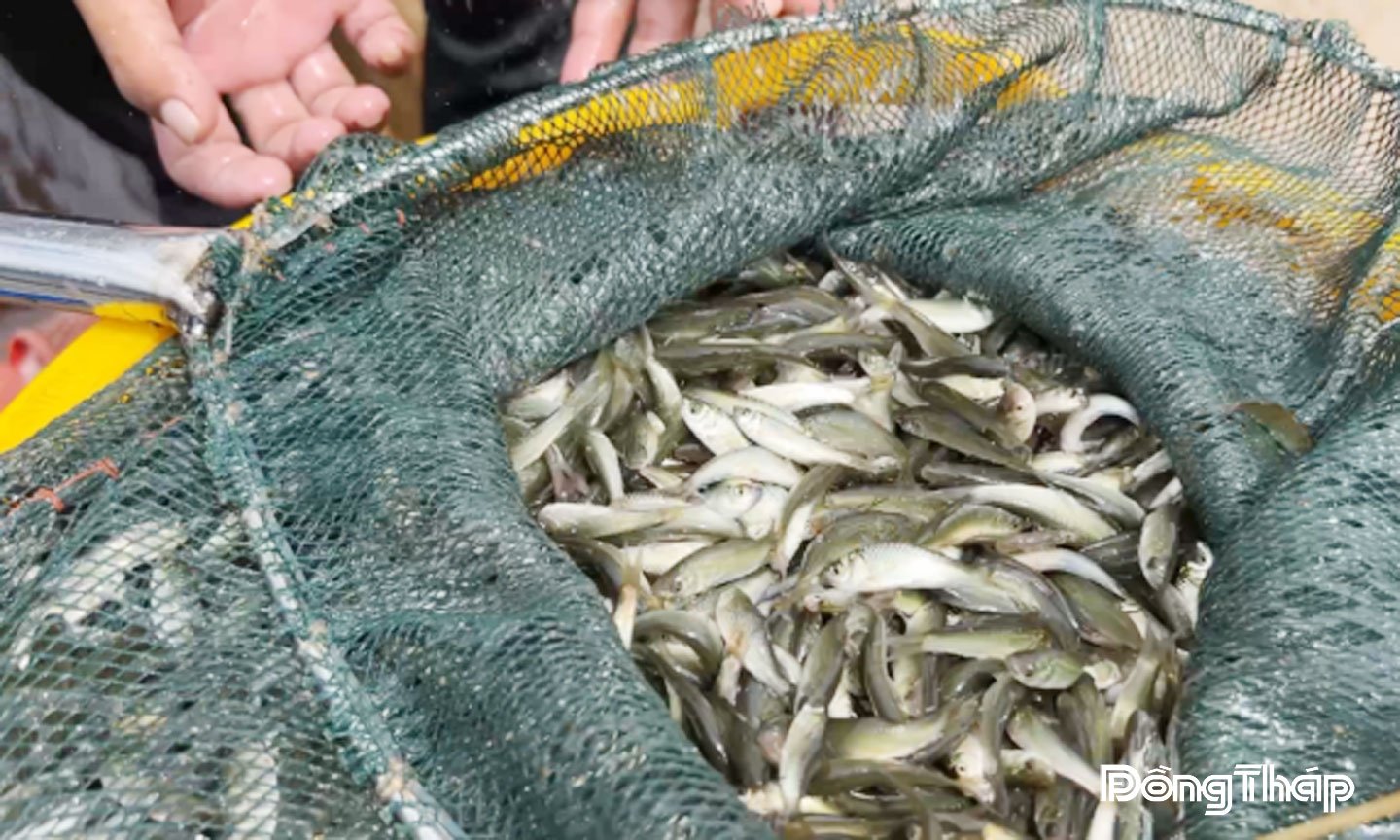 |
| Young linh fish are only half the size of a little finger. This season they swim and grow at the same time. |
These “fishing ports” were built along the river, becoming an ideal place to buy seafood for people in the surrounding area and especially for those from Cambodia who bring boats to sell. “This fish market is in season from the 23rd and 24th of the 6th lunar month, at the beginning of the water season we buy young catfish and linh fish.
Then, as the water level rises, more and more different types of fish will be caught by people and brought to the market to sell. We buy them all" - Ms. Nguyen Thi Thu Suong, owner of a fish market near Bac Dai market, shared.
Arriving at the bustling fishing port right at Bac Dai market at dawn, the scene before our eyes was impressive: Dozens of boats, which were actually motorboats (a type of shrimp-tailed motorboat) of Cambodian people, were bustling in and out. The crisp sound of engines, the voices of people calling each other, and the sound of fish splashing in the water created a lively harmony.
The atmosphere here is urgent and hurried. At each fish farm, nearly twenty people work tirelessly, their backs drenched in sweat. As soon as one boat finishes weighing the fish, it immediately backs off to let another boat in. They don’t count the fish by tens of kilograms like at the market, but by hundreds of kilograms. Each boat, if profitable, carries two hundred, if profitable, up to four or five hundred kilograms of fish. Despite the hardship, everyone’s sunburnt faces radiate the joy of a bumper harvest.
It can be said that the "star" of the flood season is the young linh fish, 99% of the seafood arriving at the port is young linh fish. "The water level in Cambodia rises earlier than in Vietnam, so young linh fish follow the water to the fields in great numbers. Over there, the locals eat and cannot sell all of them, so they transport them to fish farms on the border of An Giang to sell for extra income. I weigh fish every day from early morning to late afternoon" - said Mr. Nguyen Van Chuot, a worker at Hai Dung fish farm.
Having just sold 400 kg of linh fish, a Cambodian fisherman happily shared while counting the money he had just earned: “This year, the water level rose a lot from the beginning of the 6th lunar month. Around the 21st and 22nd of the 6th lunar month, linh fish as big as incense sticks appeared, but we waited for nearly a week for the fish to get bigger before catching them. Every day, I remove the net twice, on average each time I catch 300 - 500 kg of fish, earning a few million VND to live a healthy life.”
That simple sharing shows the joy and excitement of those who work in the “silver mining” profession when nature is favorable. In the dry season, they stick to their gardens and rice fields; but when the water flows back, they prepare their boats, canoes, nets, and traps, ready for a new fishing season. The gentle smiles always on the lips of those people who have experienced the hardships of life and death are the genuine and precious beauty of this remote border region.
THE RHYTHM OF LIFE RESONATES THE WHOLE RIVER
At nearly 10 o'clock, when the sun had risen as high as the roof of the Bac Dai market, the Phu Hoi river became even more bustling. The loud sound of boat engines mixed with the constant sounds of traders negotiating prices, the sound of workers hurriedly carrying baskets of fish to the shore... All of this created a distinctive sound that echoed throughout the river.
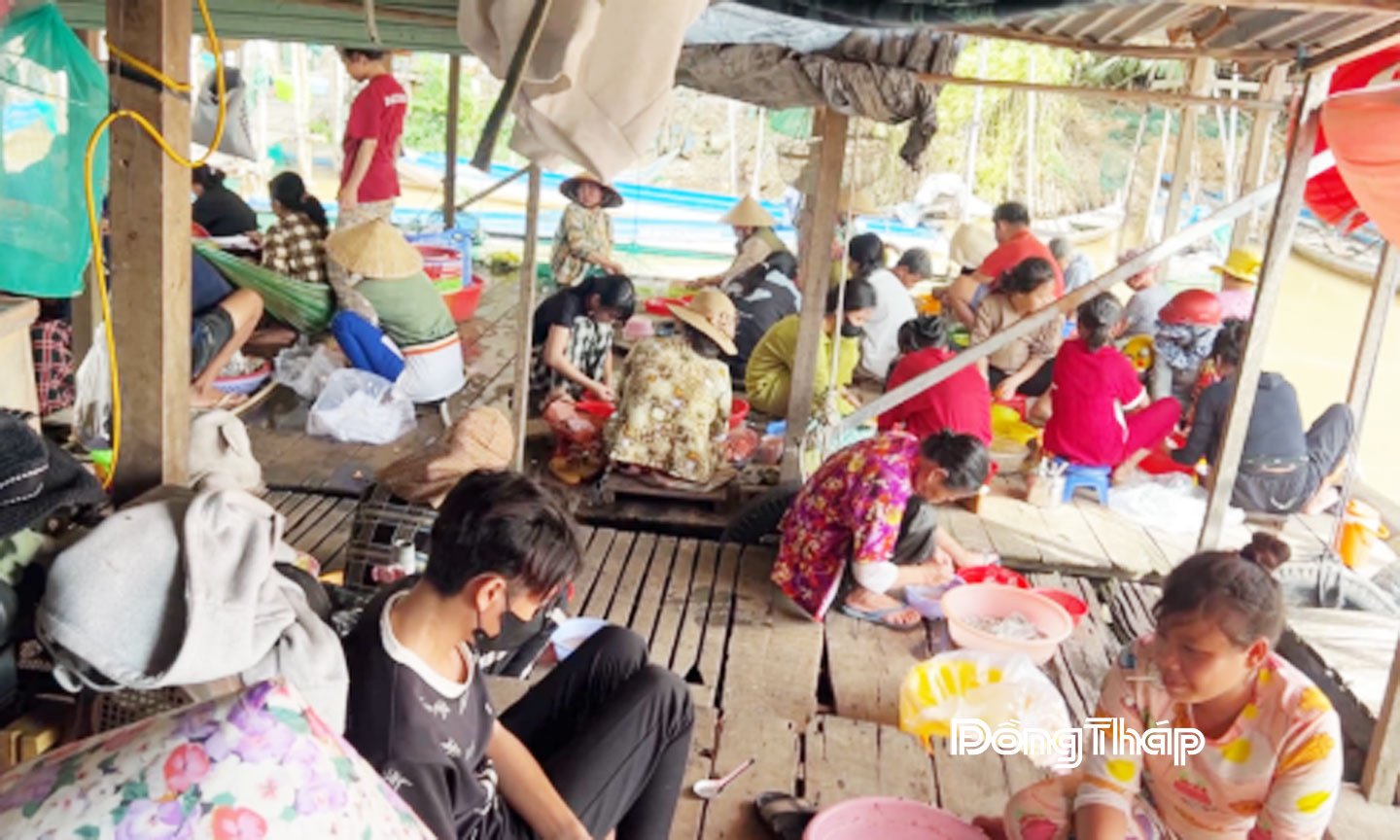 |
| People in the area around Phu Hoi river gather to pick young linh fish, paying 40,000 VND per kilogram. |
Every day, a fish farm here buys several tons of fish, their fate is also decided right at the dock: Healthy, live fish: This is a selected product, with a high selling price. People have to gently and carefully put them into large cages with strong water currents to get oxygen.
Because only strong fish can endure long car trips, and then appear in restaurants and eateries everywhere. Weak fish, belly-up fish: These fish will be purchased by traders at a cheap price, only about 4,000 - 6,000 VND/kg, to resell to fish farms in the area as bait. Some people buy them to make fish sauce, to store for the whole year... For those who live on rivers, they really appreciate and understand nature.
If the wharf is the realm of young men, then on the shore is the world of aunts, sisters, and grandmothers. They also “race with the fish” in their own unique way. Small groups gather in front of the porch, each with a basin, a basket, their hands quickly doing the work of cleaning the fish’s intestines.
Although the work is meticulous, it also brings in a significant income, helping to cover daily grocery expenses. One person can clean 5-8 kg of fish per day. At the fish farm where we are standing, with more than a dozen workers, hundreds of kg of clean linh fish are supplied to the market every day. In the larger farms nearby, the number of workers is 5-6 times higher, showing how large the scale of this seasonal “industry” is.
Mrs. Bay Nhan, who just weighed 5 kg of mackerel for 200,000 VND, happily said: “Although this job is a bit hard because you have to wake up early and sit still from morning to evening, because it is close to home and the work is easy, all the women in the neighborhood are happy and try to earn money to produce milk during the flood season. Every year when the water rises, thanks to the fish, the people in the neighborhood have jobs.”
FLOOD SEASON COMMUNITY
The precious thing about this border market is the neighborly spirit. More than a dozen fish purchasing establishments operate close together but there is no fierce competition. The number of boats arriving each day is so large that people tell each other to divide the boats equally so that no place is overloaded. They understand that if they gather in one place, the warehouse owner will not be able to weigh the goods, the boats will wait too long and the fish will weaken, lose value, and the fishermen will suffer the loss.
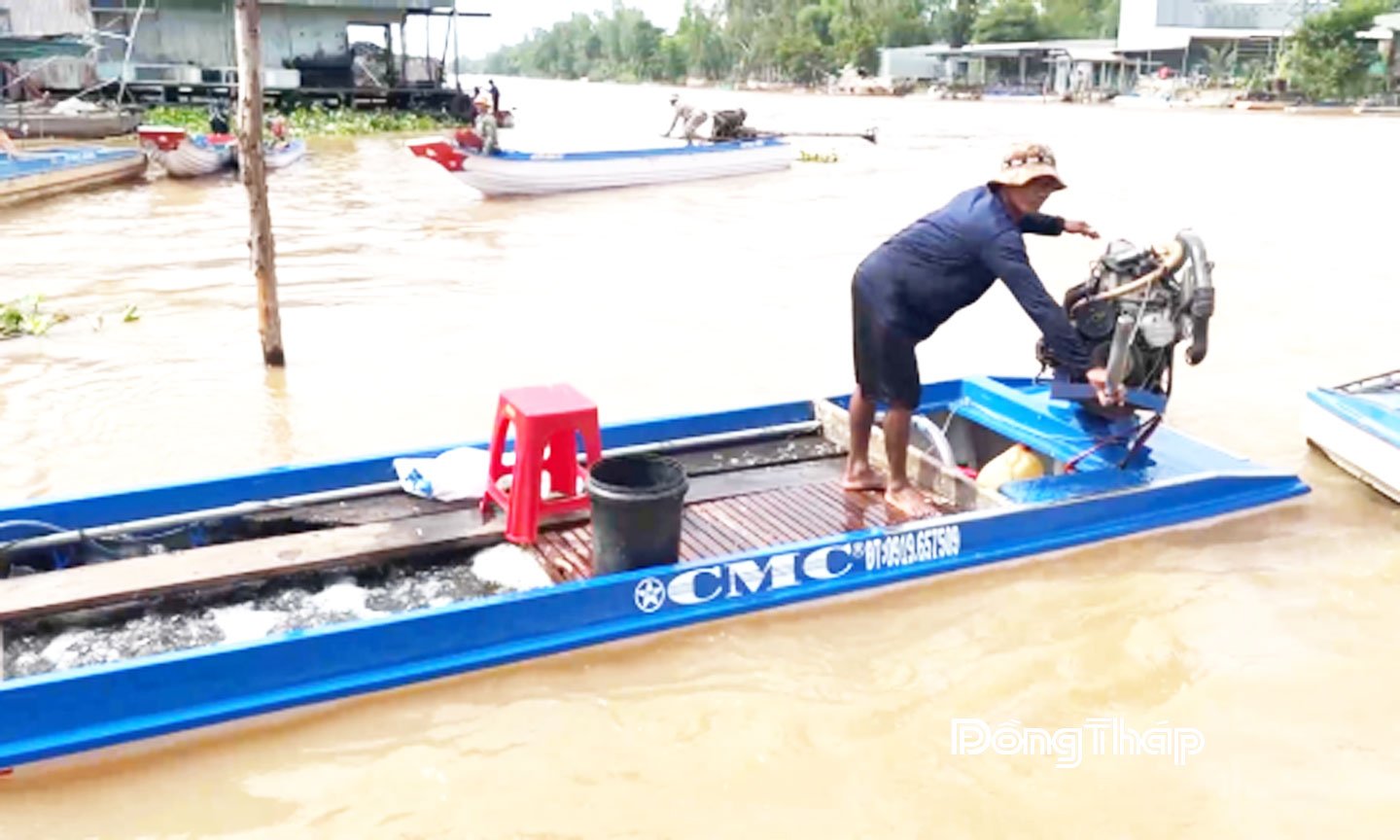 |
| Boats and sampans are busy transporting linh fish from Cambodia to the weighing yard. |
When asked about other products of the flood season, the villagers happily pointed upstream, a few hundred meters away. There were several other boats moored there, specializing in buying crabs, snails and other seafood.
The linh fish follow the flood, bringing with them a busy season of livelihood. Boats from Cambodia crossing the river not only carry fish, but also carry the rhythm of life, the rhythm of the market, the rhythm of affection between the two sides of the border. Phu Hoi comes alive again in the flood season - the season of alluvium, the season of livelihood and the season of salty memories of the river region.
DRAGON FRUIT
Source: https://baoapbac.vn/xa-hoi/202508/ca-linh-non-khuay-dong-mien-tay-1047808/






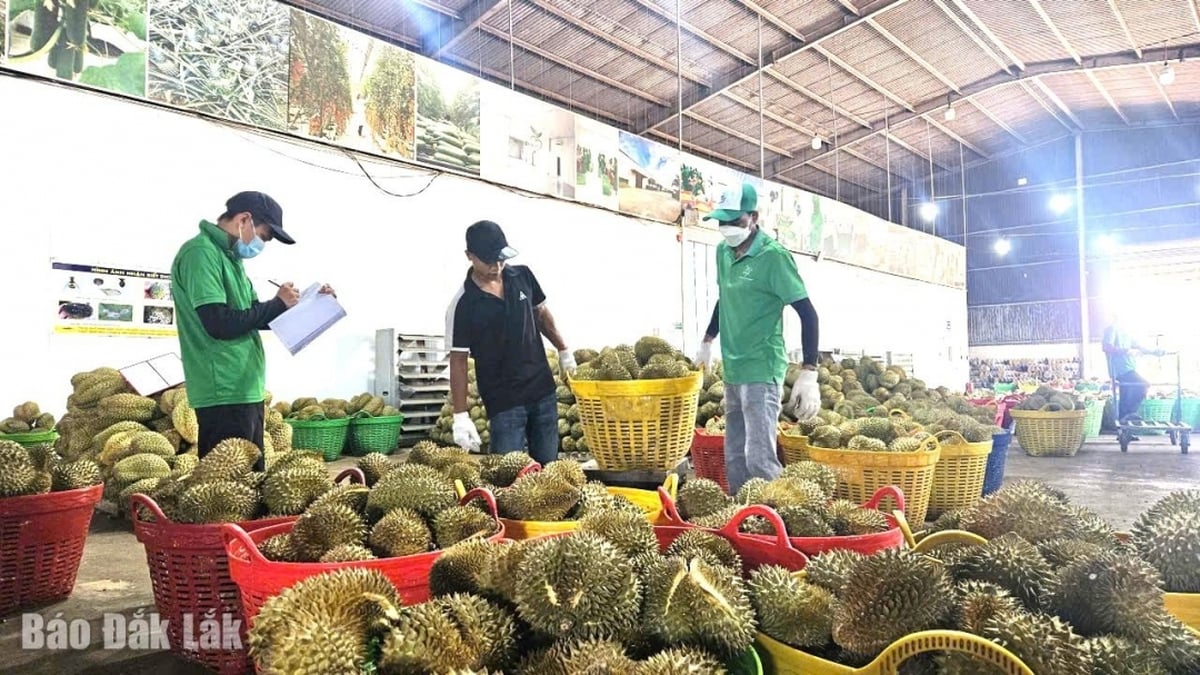

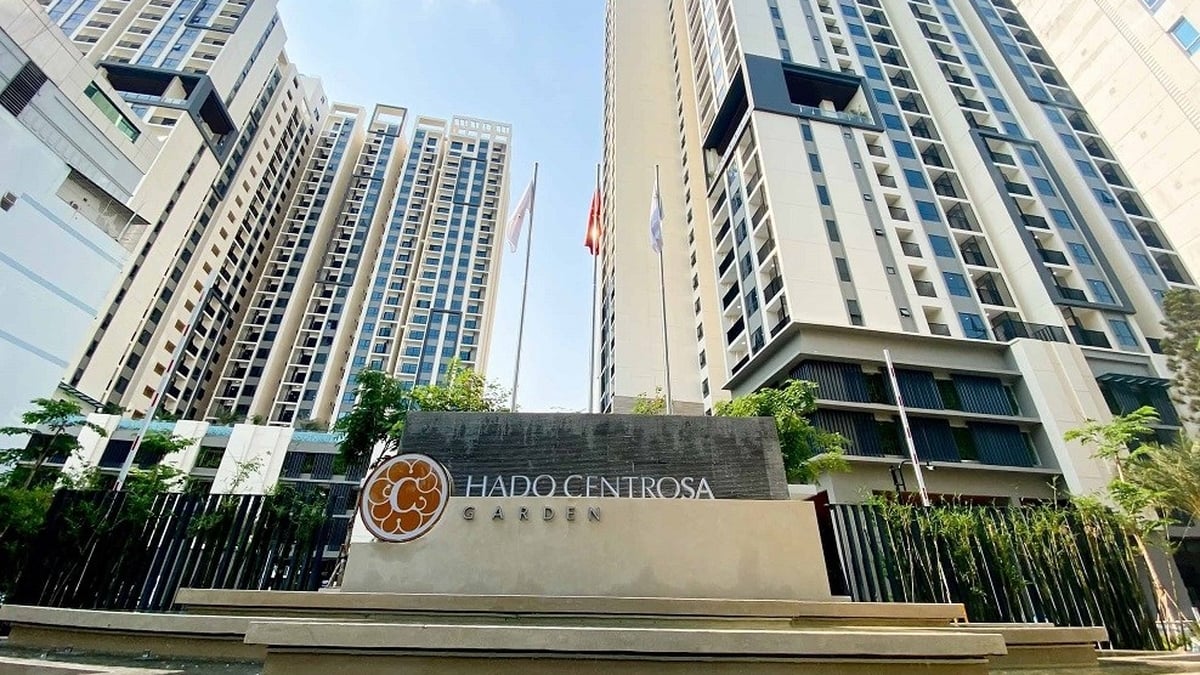
















![[Photo] Discover the "wonder" under the sea of Gia Lai](https://vphoto.vietnam.vn/thumb/1200x675/vietnam/resource/IMAGE/2025/8/6/befd4a58bb1245419e86ebe353525f97)
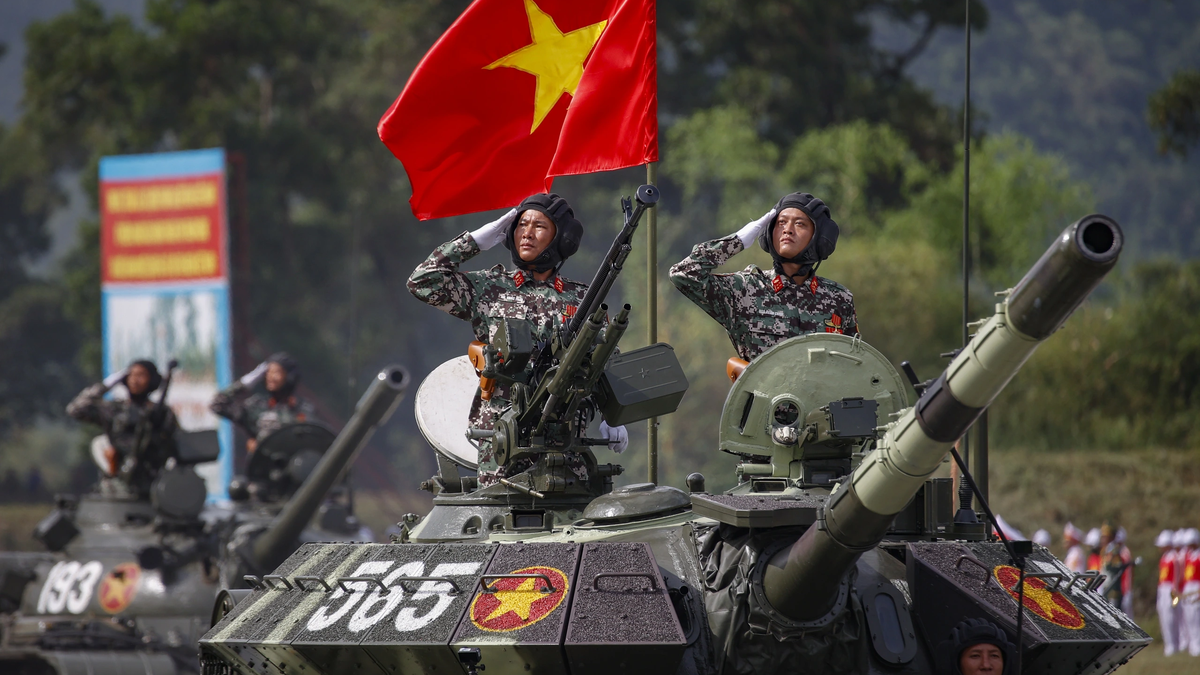


![[Photo] Nghe An: Provincial Road 543D seriously eroded due to floods](https://vphoto.vietnam.vn/thumb/1200x675/vietnam/resource/IMAGE/2025/8/5/5759d3837c26428799f6d929fa274493)





























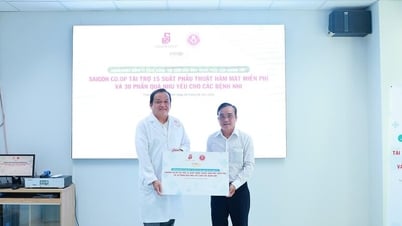








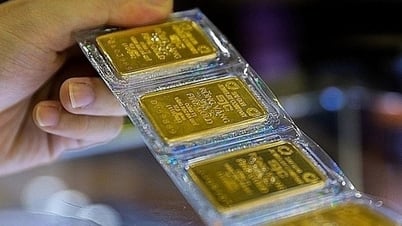


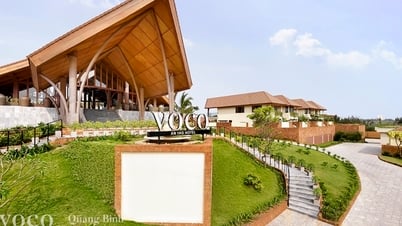

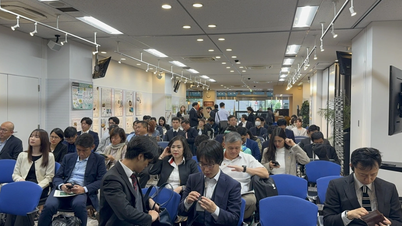




















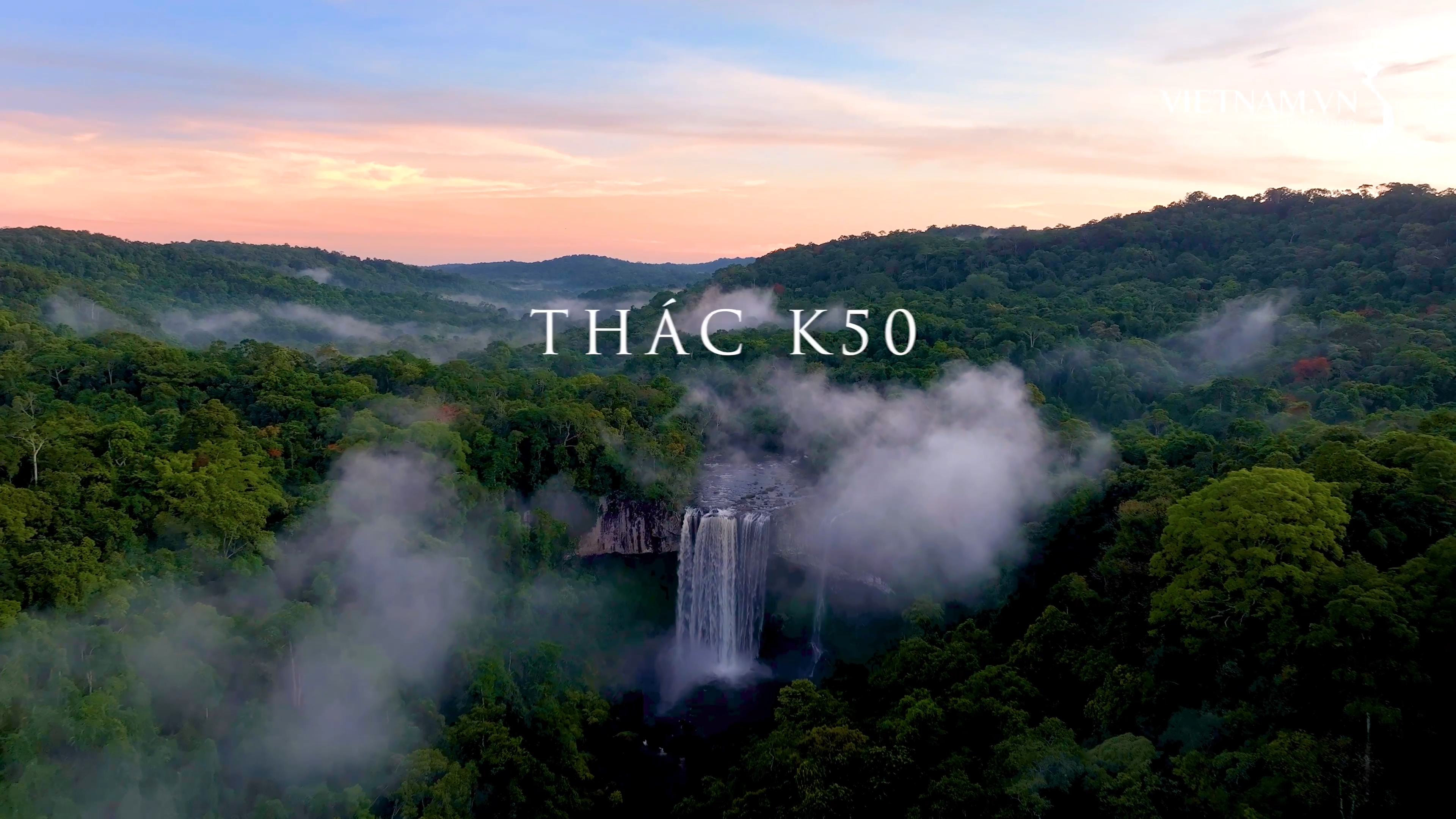

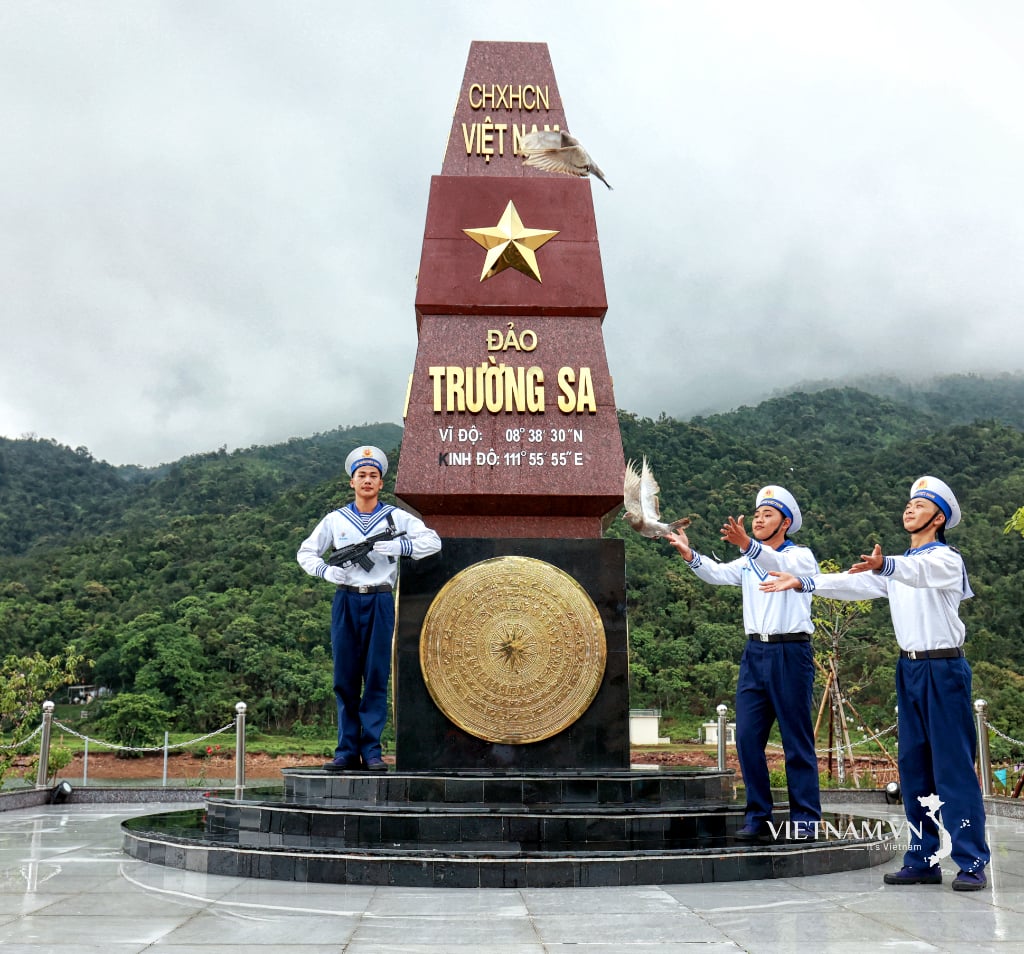

Comment (0)